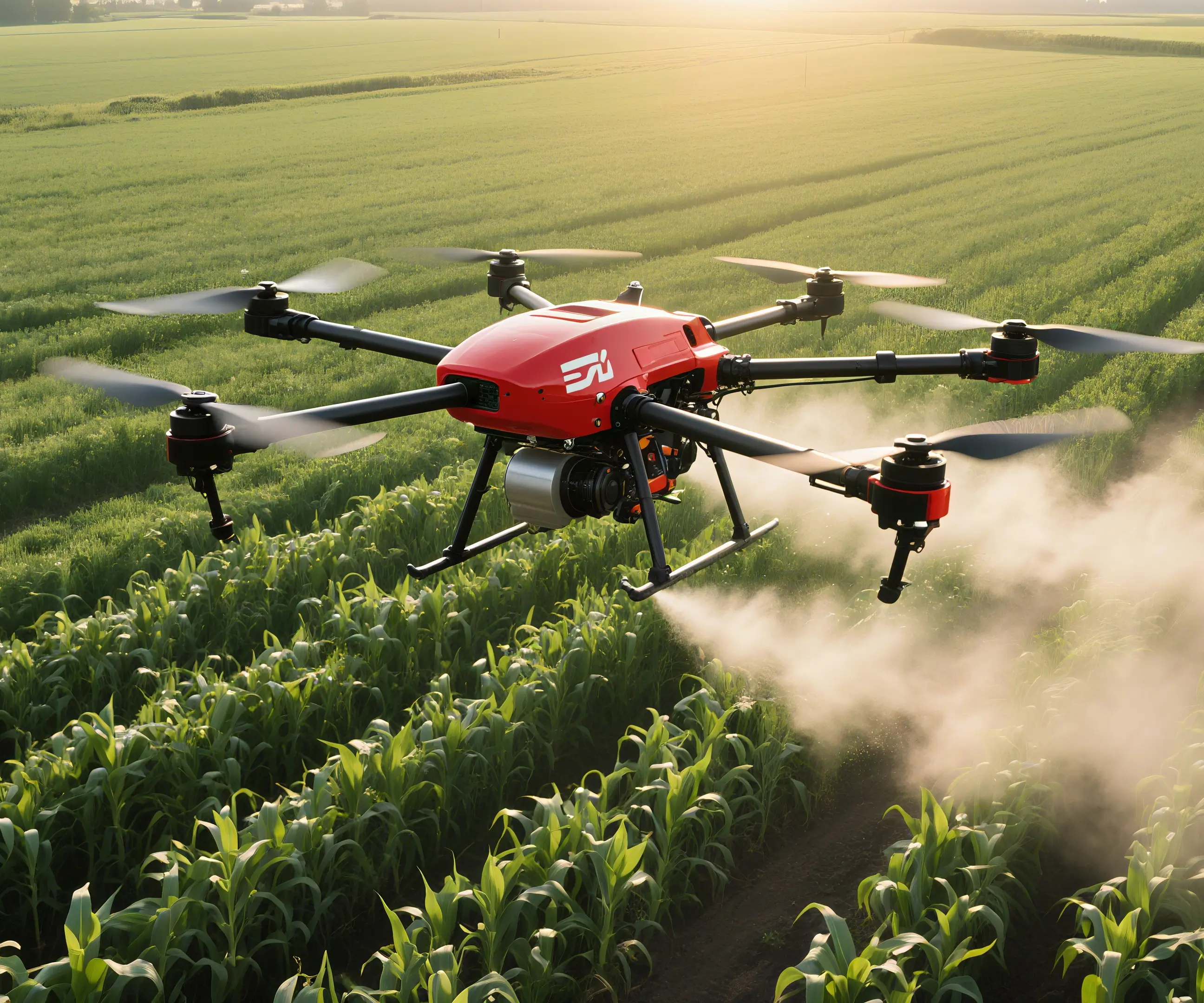Sure! Here's the first part of a soft, engaging article on "What is the servo motor," designed to captivate and inform readers. Let's get into it:

Imagine a world where machines move precisely, quietly, and smartly—lifting objects with finesse, guiding robotic arms with pinpoint accuracy, or even enabling your favorite drone to hover smoothly in the sky. Behind these feats of engineering is a common yet extraordinary device: the servo motor. But what exactly makes it so special? To start, understanding what a servo motor is begins with grasping its purpose—providing motion, precise control, and efficiency within a compact package.
The Essence of a Servo Motor
At a glance, a servo motor is a type of motor designed for precise control of angular or linear position, velocity, and acceleration. Unlike traditional motors that run freely when powered, a servo motor is part of a closed-loop system, meaning it constantly checks its position and adjusts its output to reach an exact target. It’s a dynamic dance—balancing input commands with real-time feedback to achieve the desired motion with remarkable accuracy.
This capability stems from the core of the servo motor: its sophisticated control circuitry and sensors. Think of it as a tiny conductor orchestrating a symphony of mechanical movements, ensuring every note (or in this case, movement) hits exactly where it should. This precision and responsiveness make servo motors indispensable in applications requiring meticulous control—ranging from robotics and CNC machinery to remote-controlled vehicles and even camera autofocus systems.
Types of Servo Motors: An Overview
Not all servo motors are created equal—several types serve different purposes and environments, each suited to particular tasks. The main categories include AC servo motors, DC servo motors, and linear servo motors.
AC servo motors are powered by alternating current and are commonly used in industrial automation, offering robustness and high efficiency. They often feature advanced features like vector control, allowing for refined control of torque and speed.
DC servo motors run on direct current and are favored for their simplicity, cost-effectiveness, and quick response. They are often found in hobbyist projects, robotics, and small machinery.
Linear servo motors convert electrical energy directly into linear motion without the need for gears or pulleys—ideal for high-speed, high-precision applications like semiconductor manufacturing or aerospace testing.
The Anatomy: What’s Inside a Servo Motor?
A typical servo motor comprises several essential components working in harmony:
The Motor: Usually a DC or AC motor that provides the basic motion force. The Gear Train: Reduces the motor speed and increases torque, translating rapid rotations into controlled, precise movements. The Feedback Device (Encoder or Potentiometer): This is crucial—it continuously monitors the motor’s position and feeds data back to the controller. Think of it as the motor’s eye, always watching and telling the system where it is. The Controller: The brain that interprets incoming signals, compares them to the feedback, and sends adjustments to the motor.
This combination allows the servo motor to perform complex tasks with high repeatability. When you command a servo to turn to a specific angle, the entire system kicks into action—checking the current position, calculating the error, and adjusting power until the target is met perfectly.
Why Are Servo Motors So Popular?
Their widespread use comes down to their unique blend of simplicity and sophistication. Unlike stepper motors, which move in discrete steps, servo motors can achieve smooth, continuous rotation and high resolution, making them perfect for delicate operations. They are highly efficient because they only draw power when moving or holding a position, reducing energy waste.
Furthermore, servo motors excel in environments where precise control and quick responsiveness are essential. Industries such as aerospace, automotive manufacturing, medical devices, and consumer electronics rely heavily on servo technology to push the boundaries of what machines can do.
The Evolution: From Simple Motors to Smart Servo Systems
The journey of servo motors reflects broader advancements in electronics, control systems, and materials technology. Initially, simple brushed DC motors with rudimentary feedback mechanisms paved the way for modern, miniature servo units packed with digital senders, advanced sensors, and sophisticated algorithms.
Today’s servo motors are often integrated with microcontrollers, IoT connectivity, and adaptive controls—allowing for even more complex, intuitive, and autonomous operations. Imagine a robot journeying across uneven terrain or a camera adjusting focus seamlessly—these feats are possible thanks to the precision and adaptability of servo motors, constantly evolving to meet the demands of the modern world.
Kpower has delivered professional drive system solutions to over 500 enterprise clients globally with products covering various fields such as Smart Home Systems, Automatic Electronics, Robotics, Precision Agriculture, Drones, and Industrial Automation.




































